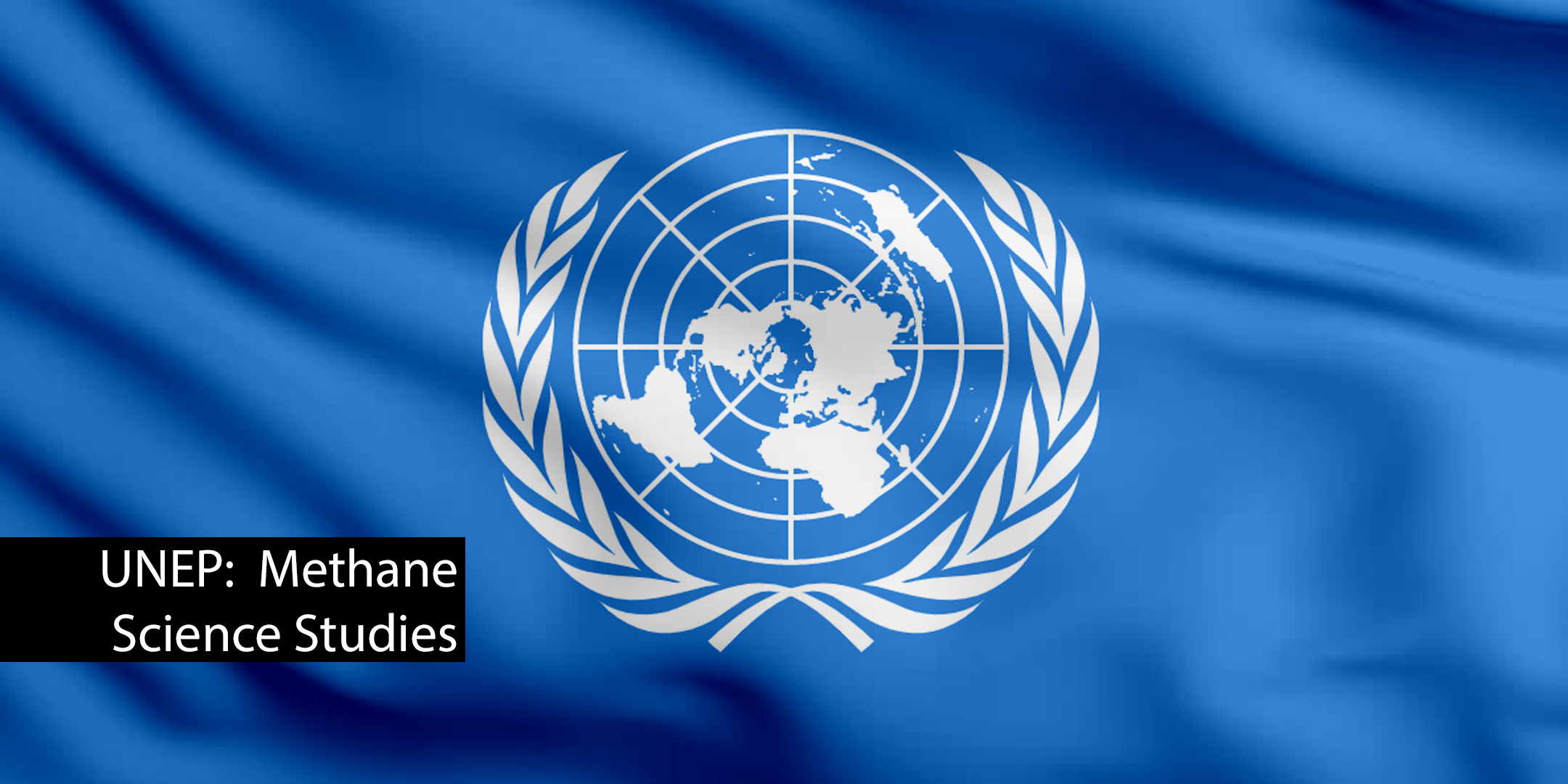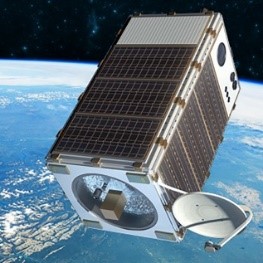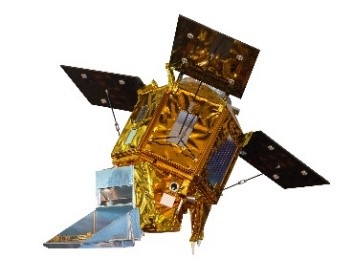
UNEP: Methane Science Studies to Generate Accurate, Public Data
In 2015, a series of methane science studies was initiated to improve the understanding of global methane emissions from the oil and gas industry. Through these peer-reviewed studies, scientists continue to investigate and measure methane emissions across the oil and gas supply chain, generating accurate, public information about where and how much methane is leaking. The results of ongoing and future studies will improve understanding of methane emissions at a global level, allowing industry, governments, and other stakeholders to prioritize actions to reduce methane emissions.
There are three phases of the studies:
- Phase 1: 2015-2018
Phase 1 of the studies focused on identifying and understanding gaps in knowledge about methane emissions and producing a public database of oil and gas infrastructure. A technical note was developed in Phase 1.
- Phase 2: 2018-Today
Phase 2 consists of field measurements to fill in the gaps identified in Phase 1 and is providing more detailed data about methane emissions in certain regions. To date, scientific teams have performed over 200 flight hours and more than 10,000 km of ground-based mobile methane measurements. The team has performed ship-based measurements and addressed emissions at three liquified natural gas (LNG) facilities. In 2019, two manuscripts were submitted to peer-reviewed journals, with others expected in 2020.
- 2020 and Beyond
The next phase will incorporate new technological advances. The cutting-edge TROPOspheric Monitoring Instrument (TROPOMI), funded by the European Union, enables the measurement of methane with an unprecedented combination of accuracy, spatial coverage, and resolution. Future studies will also incorporate the Environmental Defense Fund’s MethaneSAT, which will provide global, high-resolution coverage of methane emissions from oil and gas facilities. Combining satellite-based data with information collected about methane emissions from oil and gas infrastructure around the world will enhance the ability of industry, governments, and other stakeholders to take actions and implement policies to reduce global methane emissions.

Environmental Defense Fund’s MethaneSAT satellite

TROPOspheric Monitoring Instrument (TROPOMI)
The methane science studies are organized under the framework of the Climate and Clean Air Coalition and include support from the following partners: the United Nations Environment Programme (UNEP), the Environmental Defense Fund, the companies of the Oil and Gas Climate Initiative, and the European Commission Directorate General for Energy.
Over the course of the last two years, donor funds have totaled $7.2M U.S. Dollars (USD), which further mobilized an additional $4M USD of funds from partner institutions. Approximately 90 percent of the funds have been allocated to fund more than 100 scientists from 14 countries around the world. Researchers have performed studies on offshore oil and gas infrastructure in the North Sea and Gulf of Mexico, and in more than 10 cities across Europe, including methane sources near those cities (e.g., landfills, gas production fields, and coal mines), and in Australia. There is interest in performing studies around the rest of the world, including the Middle East, the Caspian Sea region, West Africa, South America, China, and Russia.